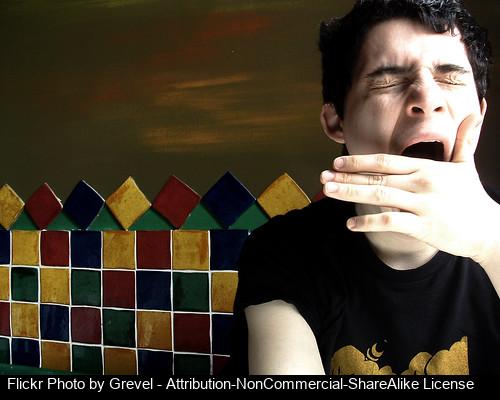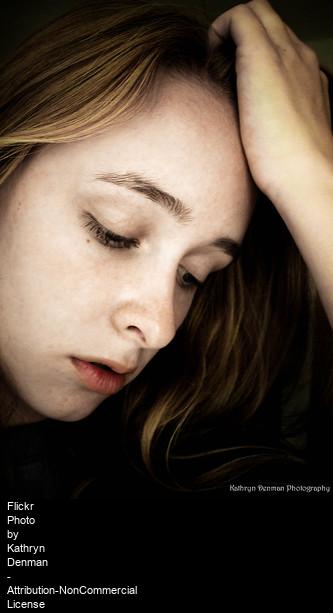 |
| Boredom |
 |
| Frustration |
 |
| Where creativity blooms |
Now, before I set any false expectations, I'd like to say that I don't have the answer to these questions. BUT I do have an example of a final project I gave my students where creativity IS blooming, so it might serve as a guideline for others. I believe that the following helped for it to happen:
- I set clear expectations using a rubric
- If they met expectations, they got 90% credit
- I encourage a healthy bit of competition
- There was a good balance between what they knew and what they had to figure out
- There was also a good balance between the project limitations and its potential for innovation
 |
| Planning of the final project |
Allow me to explain the previous points. First of all, setting clear expectations helped my students know what I was looking for. This might sound simple, but ambiguity can make them lose their focus and cause frustration. I also went through the rubric with them, clarifying any doubts they might have had.
The second point has to do with grades. Let me first confess that I don't care much about grades. I care about their learning, and that is often hard to measure and label with a number or letter. Nevertheless, most students DO care about grades because they have a direct impact on their higher education future. So I think that my students perceive a 90 (A-) as a good grade to get if they meet the expectations. And meeting expectations reflects that they learned what I intended them to. Going beyond would earn them an even higher grade.
Another strategy I use is encouraging what I consider to be a healthy bit of competition. Whenever I see somebody raise the bar, I casually (but publicly) recognize that person. Though this can be a double-edged sword, if used effectively it will motivate others to try harder and raise the bar themselves.
The fourth point is just good constructivism practice. Build on previous knowledge and guide students into discovering what they need to learn and do in order to complete the task. It gives them some security realizing that they can get started because they have the knowledge and skills necessary, even though they might not have all the pieces right away. And whatever else they need to figure out should sound reachable. Plus, I promote that they share their findings.
My final point is about having a balance between limitations and the potential for innovation. Students needed to respect certain parameters in the project (i.e. dimensions, covering all classrooms, environmentally friendly elements), but had plenty of room for playing with design, spaces and materials. I have noticed time and time again that students feel more secure if working within a certain structure. Not limits, but structure.
Please enjoy the following video made by one of my students:
Below you will find a short blurb of what the project is about.
Instead of a final exam, students will create a 3D model of the new Lower School building as a final project. Using SketchUp, they will build a realistic proposal for a modern and “green” building that will satisfy the learning needs of that division. The following will need to be turned in by end of the final exam day:
- A Sketchup file with the project (.skp file)
- A virtual tour of the building as a video (uploaded to YouTube preferably)
- Reference of at least 5 architectural techniques or designs that inspired the building
- A short reflection of their learning in a blog post
Below you can find the rubric for the project:
Total points: 30
Criteria
|
Points
|
Outstanding (100%)
|
Meets expectations (90%)
|
Below expectations (60%)
|
Missing (0%)
|
Actual building
|
15
|
Uses realistic measurements
Demonstrates “green” elements
Accommodates all classrooms and spaces
Creatively reinvents spaces
|
Uses realistic measurements
Demonstrates “green” elements
Accommodates all classrooms and spaces
|
Measurements are unrealistic
Missing “green” elements
Did not consider all spaces needed
|
Did not turn in SketchUp file
|
Video
|
5
|
Video engages the viewer into exploring the building with the use of multimedia elements
|
Video is easy to follow, and highlights the most important spaces
|
Video is hard to follow and does not highlight all spaces
|
Did not turn in video
|
References
|
5
|
Uses more than 5 innovative architectural references
|
Uses 5 architectural references
|
Uses less than 5 architectural references
|
Failed to provide references
|
Reflection
|
5
|
Blog post reflects student learning and the importance of creating smart and “green” learning spaces
|
Blog post reflects student learning
|
The post does not reflect student learning
|
Did not post in blog
|
No comments:
Post a Comment